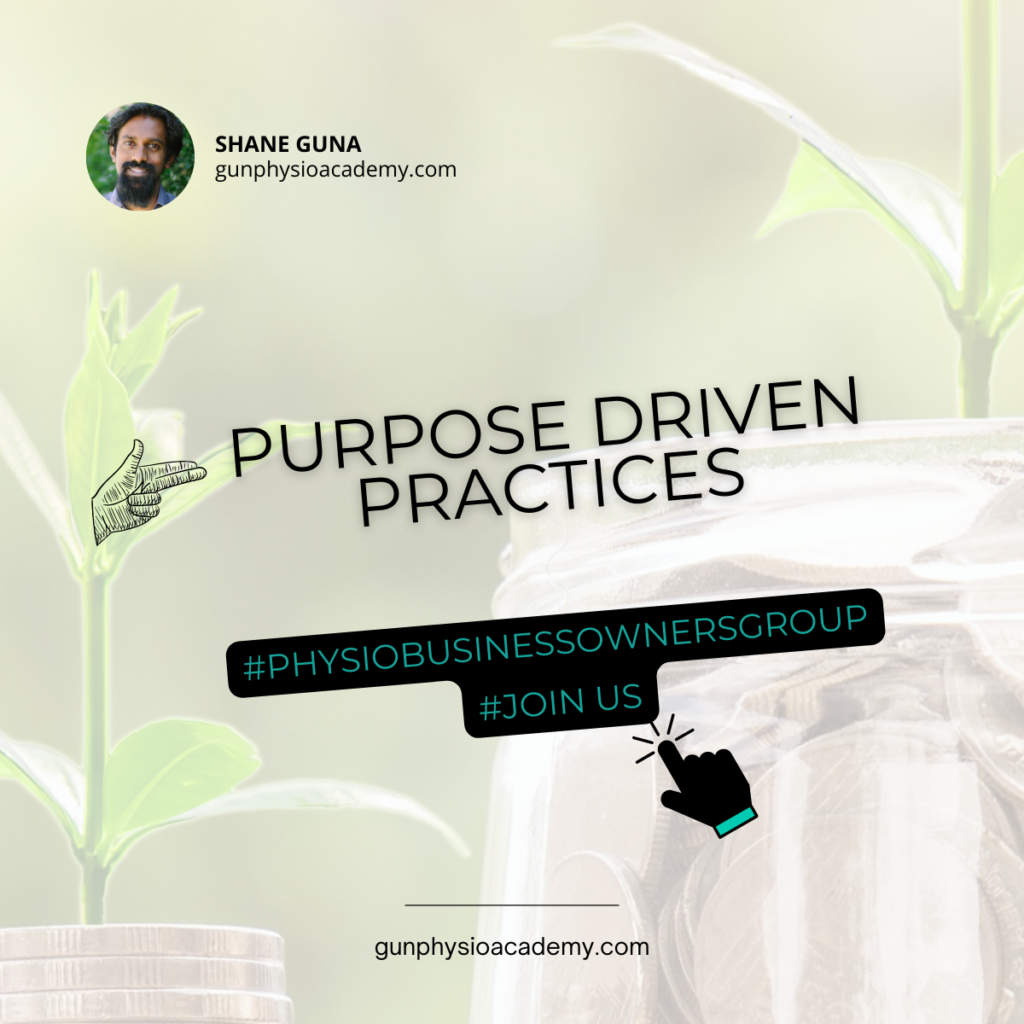Creating a clinic in an area filled with external diversity is a solid strategy.
This means a mixture of socioeconomics.
Not simply catering to the hoity-toity crowd.
Yet neither should it be exclusively blue-collar.
Your physiotherapists will get a good mix in their caseloads.
And by welcoming all aspects of patient care, you open the doors to multiple revenue streams.
This is part 3 of my series on diversity in physiotherapy.
And today’s article looks at all things external diversity.
External diversity is all about socioeconomics
From the Gardenshwartz & Rowe model below, we will now differentiate from internal diversity.

External diversity is all about:
- Geographic location
- Income
- Personal habits
- Educational background
- Religion
- And other factors, such as marital status
I don’t love talking about socioeconomics in such a way.
It actually goes against a lot of my personal values, particularly the income aspect.
It can be perceived as derogatory.
When your family has had to start at the bottom, it always hurts that little bit.
But it’s also just fact.
People have to make do on vastly different incomes.
What we do as physiotherapists, is a niche service.
Especially for private paying clients.
It’s a top-end-of-town type of thing.
People who are stretched for cash only come to the physio if something breaks.
Like an acute lumbar disc injury.
That’s about it.
The rest of the time, they just get on with it.
People who can afford high quality, personalised care.
They actively seek it out, everywhere.
And that’s the socioeconomic difference in our world.
That’s where external diversity can be most impactful too.
Without it, we only ever see a narrow perspective.
And this can take over the ethos of what we do, and how we deliver it.
From working class to Porsche drivers
Our site, 30kms from Melbourne’s CBD, had exactly that.
Initially, and incorrectly, I thought we’d be seeing a lot of working class patients.
And I priced my services accordingly.
Seventy-seven dollars for 30 mins.
And for over a year, we did quite well in terms of getting busy.
But performed quite poorly financially.
Until I realised, that we had a much better opportunity.
And that was to reposition ourselves at the top of this market.
We already had a nice clinic, and we were actually in a really niche position.
Mixed caseloads create consistency
There are, nowadays in particular, a lot of other ways to see a physio.
And still get a good quality treatment.
There are compensible bodies who pay of a lot of treatment at many clinics.
In fact, even our clinic ended up being about 50% private, 50% compensible.
This happened mainly due to the rapid rise of NDIS clients in our area.
Especially, paediatrics, which is a service we provided.
But we also had a lot of Workcover, as we had originally positioned for this aspect of external diversity.
And I had one therapist in particular, who was quite happy to do some of the hard yards here.
We even had a satellite clinic setup specifically for this.
Early intervention physiotherapy (EIP) programs and Functional Capacity Evaluations (FCE’s).
Now, during the booming times, this was considered by many a bit… sub par.
But when COVID came, and a lot of private therapy dried up.
Guess what kept us afloat?
It was the blue collar, churn and burn of these satellites that saw us through.
In a mixed environment, one can find multiple revenue streams.
And those streams can overlap nicely.
Smoothing out some of the peaks and troughs.
Especially around school holidays for example.
Which is why I think approaching external factors with a more open mind can be helpful.
I think everyone should have access to high quality care.
As much as I advocate for physiotherapy charging what it’s worth.
I can also see value in good therapists working perhaps a morning or two a week in a GP clinic.
Where they might just do bulk-billing and be booked in 20 minute slots.
The right therapist can provide high value care which might otherwise be inaccessible.
And if the GP clinic is good to you, you can achieve a balance.
You can be a therapist who serves more than just the elite class.
Learning through external diversity
This is just a thought, but I think it can actually be quite fulfilling.
However, the challenges do remain.
Often there is a lot of paperwork involved.
Sometimes, the clients are actually quite difficult.
Some of my best learnings occurred working 2-days per week in a GP clinic in Dandenong.
It was easily the most challenging environment I’ve ever been in.
And fun fact.
Of the past therapists who worked there before me.
All of them have ended up in business ownership, years down the track.
There’s a bit to be said for doing the hard stuff early in your career.




